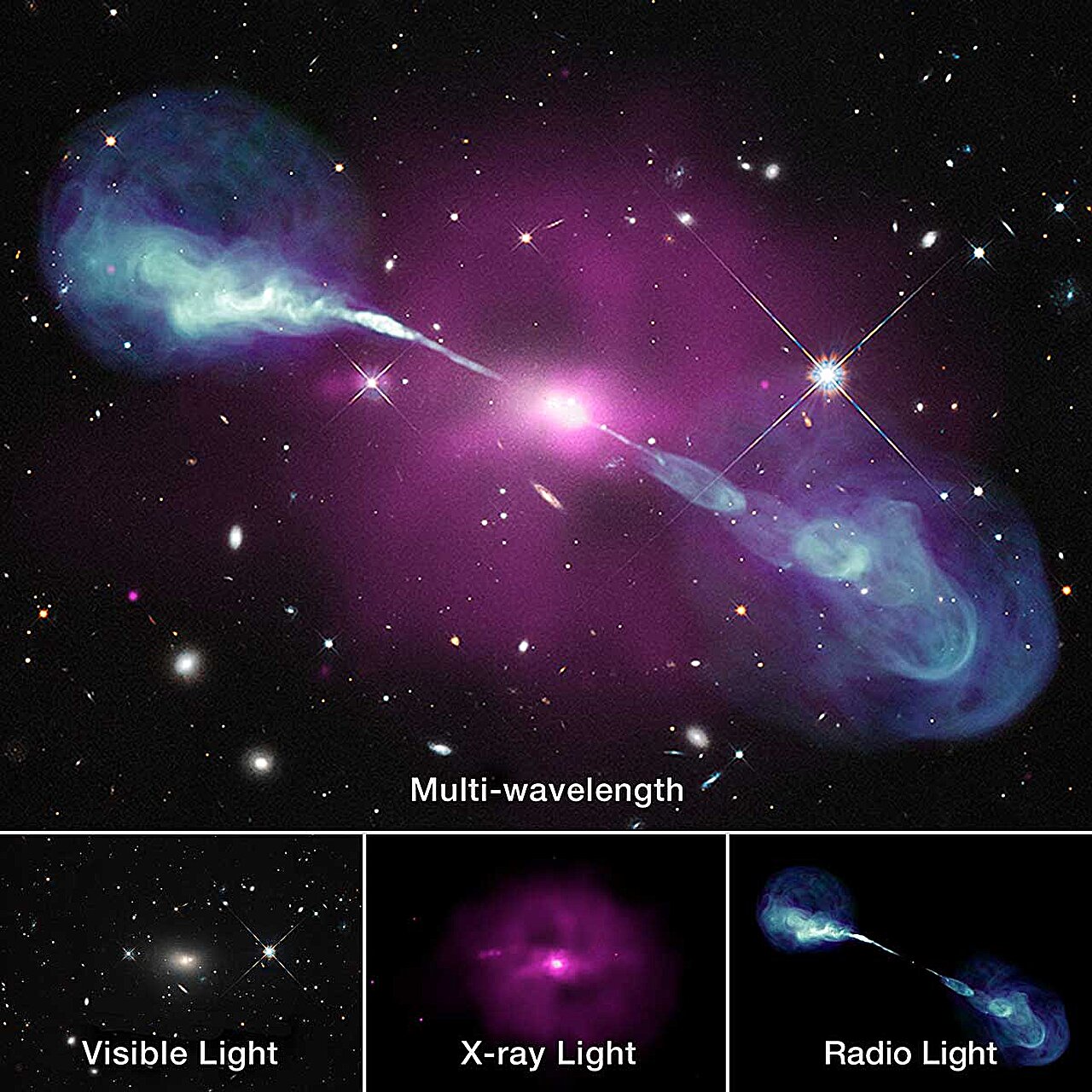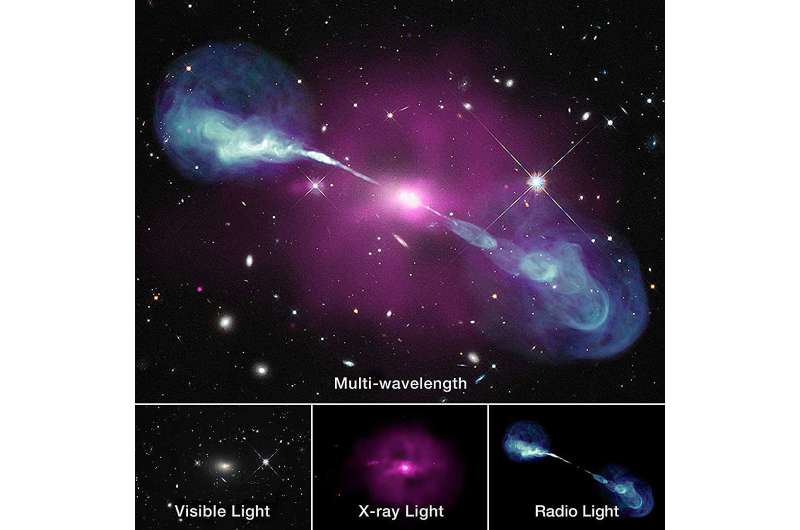

NASA has sent a whole host of spacecraft across the solar system and even beyond. They range from crewed ships to orbit and to the moon to robotic explorers. Among them are a range of mission classes from Flagships to Discovery Class programs. Now a new category has been announced: Probe Explorers. This new category will fill the gap between Flagship and smaller missions. Among them are two proposed missions; the Advanced X-ray Imaging Satellite and the Probe Far-Infrared Mission for Astrophysics.
NASA’s new Probe Explorers program aims to cultivate creative ideas to explore the universe. The category is one of the largest astrophysics programs from the American space agency. Nicola Fox, NASA’s associate administrator of Science Mission Directorate said of the category “…it has taken creativity to new heights,” adding “selected concepts could enable ground breaking science responsive to the top astrophysics priorities of the decade, develop key technologies for future flagship missions, and offer opportunities for the entire community.”
The two projects that have been proposed are now due for additional scrutiny. They will each receive $5 million to undertake a 12 month concept study. After this period, a detailed evaluation will be undertaken to select one of the proposals in 2026 to launch in 2032. The chosen mission will become the first of NASA’s Probe Explorer program.
The Advanced X-ray Imaging Satellite is planned to be a large, flat field-of-view giving a high level of spatial resolution. It’s perfectly suited to the study of supermassive black holes and how galaxies evolve. It’s principal investigator Christopher Reynolds from the University of Maryland is keen to see it build on the results of previous X-ray observatories in understanding the power sources of a number of violent events across the universe.
The other mission with a chance of a 2032 launch is the Probe Far-Infrared Mission for Astrophysics. The observatory would be a 1.8 meter telescope designed to study the far-infrared radiation that is permeating space. The James Webb Space Telescope has an infrared capability but this new proposal will help to cover the electromagnetic spectrum which is between the JWST and radio telescopes. Managed by the Jet Propulsion Laboratory, it will attempt to answer questions about the origins of planets, of supermassive black holes, stars and cosmic dust.
The Explorers Program, launched in 1958, is the oldest NASA program still running today, and the Probe Explorer is just a small part of this. Its main objective is to provide low-cost access to space with frequent launches. Missions are science led and must be relevant to NASA’s Science Mission Directorate’s astrophysics and heliophysics program. There has been significant success from the Explorers Program in the decades since its inception from the discovery of the Earth’s radiation belts to the launch of more than 90 science-led missions.
Provided by
Universe Today
Citation:
NASA announces a new class of space missions: Probe explorers (2024, October 9)
retrieved 9 October 2024
from https://phys.org/news/2024-10-nasa-class-space-missions-probe.html
This document is subject to copyright. Apart from any fair dealing for the purpose of private study or research, no
part may be reproduced without the written permission. The content is provided for information purposes only.